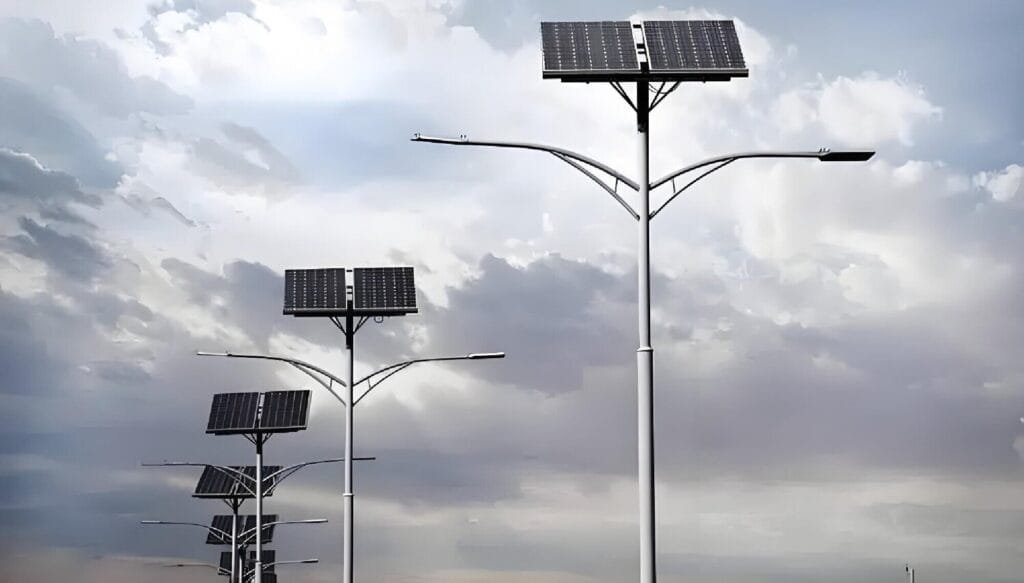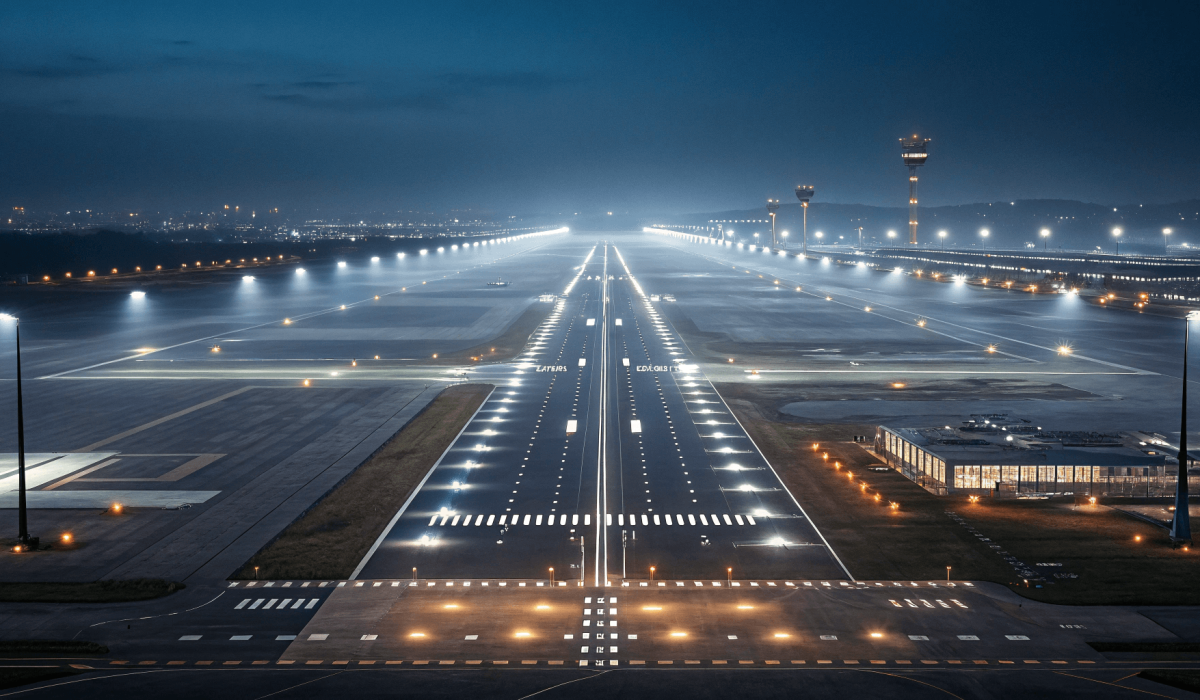Why are solar street lights critical for rural electrification?
Across Africa and other developing regions, more than 600 million people still live without reliable electricity. For governments, building new grid lines into every rural community is too expensive and slow. Solar street lights provide a faster and lower-cost option to deliver visible electrification. A single pole can light a road, a market, or a health clinic yard. Unlike diesel generators or long-distance transmission, solar lights work independently and require no monthly fuel or electricity bills.
How are rural areas harder to electrify?
From the buyer’s side, three challenges always appear in procurement:
- High grid extension cost: Extending medium-voltage lines can reach 15,000–20,000 USD per km in rural terrain.
- Low load demand: Villages often have small population size and low commercial demand, making grid investment financially unattractive.
- Unstable maintenance capacity: Local utilities face difficulty maintaining transformers and cables in remote areas.
Because of these barriers, tenders for rural electrification often require stand-alone systems that deliver visible results within the first year.
How do solar street lights provide a solution?
Solar street lights combine panel, battery, controller, and LED into a self-sufficient system. For governments, they solve three problems at once:
- Lighting as proof of electrification: Citizens see progress immediately when roads and public areas light up at night.
- Safety and development impact: Lighting reduces rural crime by 30–40% (based on police records in multiple projects) and extends trading hours in markets.
- Low maintenance: LiFePO₄ batteries with ≥ 6000 cycles last 8–10 years, reducing service visits and replacement costs.
For procurement officers, the system is easier to budget: one-time CAPEX, minimal OPEX, and no fuel bills.

What results can governments expect?
Field data from projects in West Africa, East Africa, and Southeast Asia show consistent performance:
| Indicator | Rural Grid Extension | Solar Street Light |
|---|---|---|
| CAPEX per km coverage | 15,000–20,000 USD | 4,500–6,000 USD |
| Time to deploy | 12–24 months | 6–10 weeks |
| Energy cost | Ongoing billing | Zero (sunlight only) |
| Service life | 20–25 years (lines) | 8–10 years (light units) |
| Visibility to citizens | Limited | Immediate (night lighting) |
This comparison explains why many rural electrification budgets now allocate 10–20% directly to solar street lighting.
What procurement requirements should governments include?
To make sure projects deliver promised results, tender documents should specify:
- Lighting efficiency ≥ 220 lm/W (verified by LM-80 or equivalent)
- Battery cycle life ≥ 6000 cycles (IEC 62619 tested)
- Autonomy ≥ 3 nights without sun
- Pole coating compliance (EN 40, ISO 1461 hot-dip galvanization)
- Packaging tests (ISO 2234, ISTA 1A) for safe shipment
- Warranty ≥ 5 years covering LED, controller, and battery
Including these standards reduces risk of poor performance and helps financing banks approve disbursements faster.
How do financing and partnerships support rural projects?
Many rural programs rely on donor funds, development banks, or blended finance structures. For example:
- Sovereign guarantee + SINOSURE insurance helps secure large-scale orders.
- On-lending bank guarantees allow municipalities to borrow without extra sovereign risk.
- Donor programs (World Bank, African Development Bank, EU initiatives) often co-finance rural electrification through solar lighting.
Procurement teams that include financing options in tender packages attract more EPC bidders and ensure faster award.
Case example: Rural township project in West Africa
In 2022, one government installed 300 solar street lights (60 W LED, 7 m poles) in three rural townships. Results after 12 months:
- Average lighting hours: 12.5 h per night
- Reported incidents: 32% decrease in theft and accidents
- Market activity: Vendors extended evening trade by 2–3 hours
- Maintenance: Only 1.5% minor repairs (controller reset and panel cleaning)
The visible success encouraged expansion to 1,200 units in the following year.
Key lessons for EPC contractors and governments
- Solar street lights are not only infrastructure but also a political win: visible, fast, and low-cost.
- Technical compliance (IEC, ISO, UN38.3, battery passport) protects both EPCs and governments from disputes.
- Local O&M training is critical: cleaning schedules, spare parts stock, and vandalism prevention.
- For rural tenders, simple and reliable designs perform better than complex smart systems that need advanced support.
Why solar street lights are a smart bridge for rural electrification
Governments cannot electrify every village overnight, but they can provide safe and visible lighting within months. Solar street lights give communities confidence, improve daily life, and serve as a first step toward wider electrification. For EPC contractors, these projects represent a clear opportunity: fast delivery, measurable impact, and repeat orders.
📩 Contact Sunlurio to access compliance-ready specifications, tender appendices, and O&M guidelines for your next rural electrification project.


